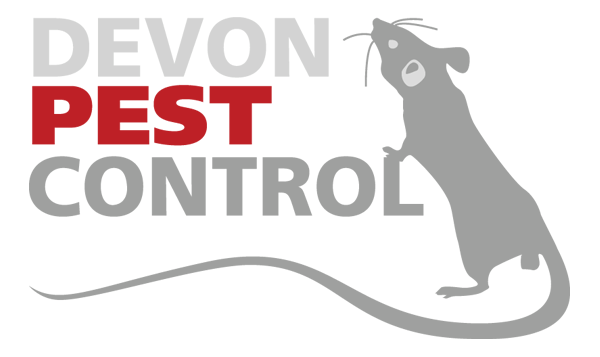 Carpet beetles – also known as fur beetles – are considered a pest, and yet they do …
Carpet beetles – also known as fur beetles – are considered a pest, and yet they do …
- NOT spread disease
- NOT bite
- NOT pose a threat to human health
But what they do is cause damage to textiles and fabrics such as wool, fur, silk, leather and many other natural fibres.
Identifying the carpet beetle
These beetles are small and round, around the same size as a ladybird, from 0.15cm in length, to 0.4cm. They can be dark brown or black, with mottled patches of white or yellow. Fur beetles are similar, but have a distinctive, single white spot on their wing.
In the spring and warmth of early summer, the female carpet beetle will lay anything between 20 to 100 eggs in fur, wool and the many other natural fibres you have in your home (or business).
What hatches from these eggs are furry, brown larvae, commonly known as woolly bears due to their distinctive look! They avoid light and any form of ‘interaction’, curling in to a ball to avoid predators. It is these woolly bears that cause the damage to the fabrics and materials of your home, from soft furnishings to carpets, as they feed on these natural fibres until they are ready to morph into a carpet or fur beetle.
It has been known, when these woolly bears are present in large numbers, that their hairs can cause irritation to the human skin, although this is unusual and seems to affect those with naturally, sensitive skin.
How do you know it is carpet beetles doing the damage?
There are several signs that may lead you to suspect you have carpet or fur beetles in your property. Look for;
- Sightings – adult beetles and woolly bears can usually be found in groups and are attracted to daylight, so keep an eye on window sills and any other bright places in your home
- Birds’ nests – like other pests, their ‘natural’ habitat is in nature all around us but if you have empty bird nests around your property, this may be the source of a carpet beetle infestation
- Damage to carpets and cloths – even though carpet beetles, like moths, enjoy the natural fibres of wool, leather, etc., they will also cause damage in materials or items that have natural fibres as part of its content. The bad news is, this content can be low, with only a small percentage of a natural fibre, mixed with a synthetic material being attractive to the larvae.
Preventing carpet beetles
As with all pest control issues, prevention is better than cure and with Devon Pest Control, you will receive prevention advice as part of our service!
There are several things that can be done that may lessen the chances of a carpet beetle infestation, such as…
- Regularly vacuuming those hard-to-reach places, with particular care paid to under heaters or radiators, as well as the ‘junction’ where skirting boards meet. In other words, nooks and crannies that we rarely think about!
- Bird nests that are close to or on your property should be removed once they are vacant
- Any bird, rodent or other animal that has died in chimneys etc. should also be removed; their decaying bodies attract all kinds of pests, including carpet beetles
- If you are storing items made from natural fibres, such as wool, ensure they are vacuumed packed and tightly sealed in plastic bags; it is also worth checking them periodically, if you are storing them for some time
How to get rid of carpet beetles
No one wants to share their home with uninvited guests, least of all pests that will cause expensive damage to valuable items, from curtains to sofas, our carpets and clothing. It can be easy to mistake carpet beetle damage for moths, and vice versa.






